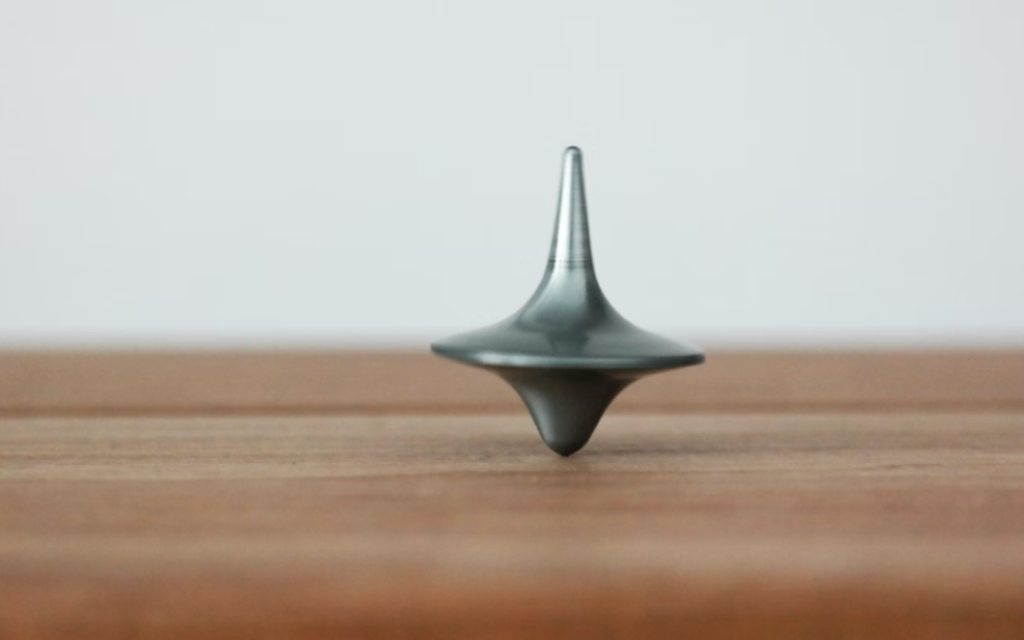Dopamine is a neurotransmitter, often referred to as one of the “feel-good hormones”. We live in an age of overindulgence and instant gratification, and our bodies and minds have learned to crave “dopamine hits,” or intense feelings of reward and pleasure. Over time, problems arise when we engage in too much dopaminergic activity too often – we become less interested, often lack motivation, and find it difficult to be happy doing the things we normally enjoy.
The Good News?
The dopamine system can replenish itself! If we give up or limit the involvement of dopamine in evoking behaviors and activities, our brain has the ability to increase the dopamine receptors expressed in the brain, and we can regain the focus, attention, pleasure, and motivation we may have lost.
What’s more? In order to maintain motivation over time, we have to stop stacking multiple sources of dopamine at the same time. For example, if you love to work out – you always have an energy drink before your workout, work out with friends, listen to your favorite music, and text during your workout – this can raise your dopamine spikes for a period of time, but ultimately leads to a dopamine baseline levels to drop. Over time, it will no longer work for you. The key to maintaining dopamine levels is intermittent dopamine release. We cannot expect a spike in dopamine release every time we engage in a dopamine-releasing activity. Instead, we must try not to engage in experiences with too many dopamine levels too often, or change the amount of dopamine released each time we do an enjoyable activity. When you engage in activities that you once enjoyed or that you want to continue to enjoy, you can create a different dopamine release by removing multiple sources of dopamine. Next time you hit the gym, try giving up your coveted pre-workout energy drink or skip the stimulant before every study session.

How to Maintain Healthy Baseline Dopamine Levels
1) Try a Dopamine Detox
- Remove dopamine-inducing activities or substances for 30 days – you may feel worse before you feel better, but your mind and body will thank you!
- The first two weeks will be the hardest, but if you stick with it through the third week, you’ll begin to notice a change, reap the benefits, and allow the body to return to homeostasis. Dopamine will begin to be released for other simple pleasures, not just in response to once habitual dopaminergic activities/substances.
- At first, it’s easier to completely quit the addictive behavior, and after a month, you can start again in moderation.
2) Try to Reduce Dopamine Production
- If I haven’t convinced you to “snap out of it” and stop the dopaminergic arousal activity, perhaps try a dopamine taper – a slow reduction of the enjoyable activity or substance. For example, if you eat a piece of chocolate every night, try reducing it to 3/4, then 1/2, then 1/4, and finally nothing at all. Or, you could choose to replace the chocolate altogether with a healthier alternative such as low-sugar berries (this would be the middle ground between stopping eating suddenly and tapering off).
- If you need help reducing overlapping sources of dopamine, try flipping a coin to decide whether you’ll drink an energy drink before a workout or eat an adderall before studying.
3) Get Back to Basics
Eat Nutrient-dense Foods
- Our gut is also known as our second brain, and for good reason! Studies have shown that irritation to the gastrointestinal tract has been linked to mood disorders and is known to trigger mood changes. This explains why up to 30-40% of people with irritable bowel syndrome also suffer from anxiety and depression. So treat your gut microbiome well and eat well – remember, you’re not only feeding your gut, you’re also feeding your brain.
- Eat tyrosine-rich foods like meat, fish, eggs, nuts and cheese. Since tyrosine is a component of dopamine, eating more tyrosine-rich foods may help increase your body’s natural production of dopamine.
Engage in Exercise
- Regular exercise and daily movement can help boost our happy hormones and improve mood.
- Studies have shown that just 10 minutes of aerobic exercise can increase dopamine levels and bring about positive mood changes – so get moving!
- Try exercising outdoors when the weather permits – this also helps to keep dopamine levels healthy.
Socialize (and do nothing!)
In this day and age of texting during dinner, responding to work emails, and constantly looking back to see if the waiter has served us, we are losing the value of real human relationships. We are losing the art of real human interaction and conversation.
The next time you go out to dinner or brunch with friends, try putting your cell phone on silent mode and leaving it in your purse. Better yet, leave your phone at home!
Be with the people you’re with – you’ll soon realize that you’re more engaged in deeper conversations, form better relationships, and your food will be on the table before you know it!
Practice Stress Management
Doing yoga 6 days a week for an hour at a time can significantly increase baseline levels of dopamine.
A regular meditation practice can also increase dopamine levels in the brain, lowering stress levels and improving stress recovery.
Consider Supplements
Adaptogens that support the adrenal glands:Adaptogens can help improve adrenal function and help counteract the effects of daily stress. They are also known to improve stress resilience, support healthy energy levels, and improve mental/physical performance.
l -Tyrosine Supplementation: Since l -tyrosine is a precursor to dopamine, supplementing with this amino acid may help increase baseline levels of dopamine. Consuming at least 500-1000 milligrams of l -tyrosine daily can help improve focus and motivation.
Drink Coffee
If you love caffeine – this is great news for you! Drinking the caffeine in coffee or tea not only increases baseline levels of dopamine, but also increases the availability of dopamine receptors in the brain. Just be careful not to consume caffeine too late in the day as it can interfere with your sleep.



